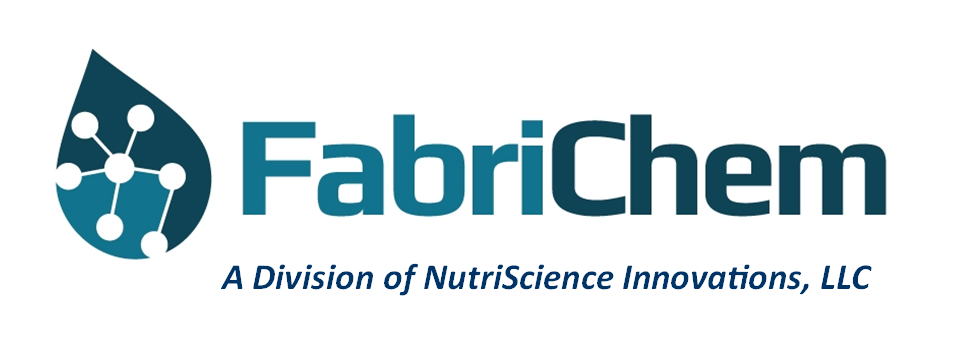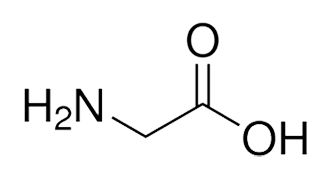Synonyms
aminoacetic acid; aminoethanoic acid; glycocoll
Technical Data
CAS Number: 56-40-6
Molecular Formula: NH2CH2COOH
Molecular Weight: 75.07
Beilstein Registry Number: 635782
EC Number: 200-272-2
FabriChem Specifications
| ITEMS | SPECIFICATIONS |
|---|---|
| Description | A white, odorless, crystalline powder having a sweetish taste. |
| Solubility | 5% solution is clear and colorless |
| Identification (I.R.) | Passes Test |
| Loss on Drying at 105°C for 2 hours | 0.2% Max. |
| Residue on Ignition | 0.1% Max. |
| Organic Volatile Impurities (GC) | Passes Test |
| Chloroform | Less than 60 mcg/g |
| 1-4 dioxane | Less than 380 mcg/g |
| Methylene Chloride | Less than 600 mcg/g |
| Trichloroethylene | Less than 80 mcg/g |
| Chloride | 0.007% Max. |
| Sulfate | 0.0065% Max. |
| Heavy Metals | 0.002% Max. |
| Lead | 1 ppm Max. |
| Arsenic | Max. 1 ppm |
| Iron | 10 ppm Max. |
| Ammonium | 0.2% Max. |
| Assay (C2H5NO2, Calculated on dry basis) | 98.5% - 101.5% |
| Microbiology: | |
| Total Plate Count | 1,000 CFU/gm Max. |
| Yeast & Mold | 100 CFU/gm Max. |
| Coliforms | Negative |
| E. Coli | Absent |
| Salmonella | Absent |
| S. Aureus | Absent |
| P. Aeruginosa | Absent |
| Coagulase Test | Negative |
| Methanol (GC) | 0.3% Max. |

